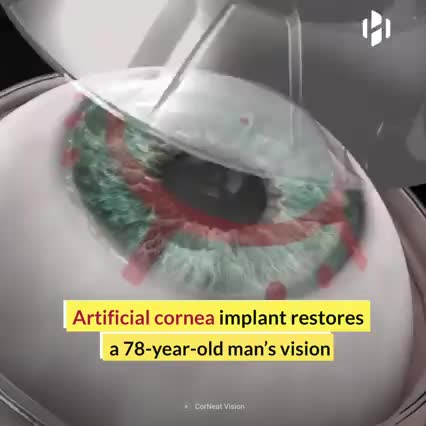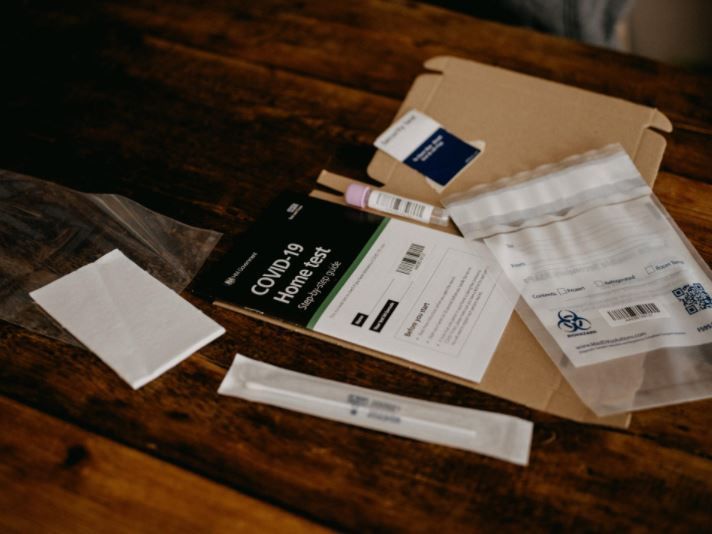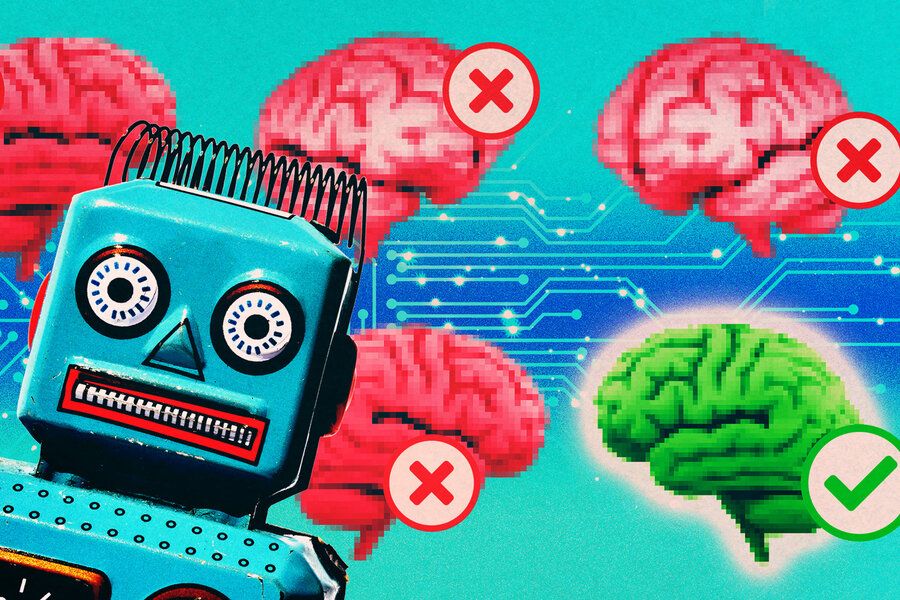
Get the latest international news and world events from around the world.


At-home COVID testing arrives
The race is on. Tech startups across the globe are competing to deliver to the rest of us what Google employees already enjoy : regular at-home COVID tests.
At-home medical testing was gaining steam pre-pandemic and is now a red-hot market with more than two dozen companies developing at-home COVID tests.

Lasers turn pure aluminum … ‘gold’
The ultimate goal of the Old World alchemist was to turn inexpensive metals into gold. Modern-day physicists at the University of Rochester’s Institute of Optics (Rochester, NY), have turned aluminum and other metals goldin color if not chemistry. A femtosecond laser processing technique created by professor Chunlei Guo and his assistant Anatoliy Vorobeyv alters the surface properties of aluminum, platinum, titanium, tungsten, silver, and gold to create tints of gold, blue, gray, black, and even multicolored irridescence.


Researchers develop new graphene nanochannel water filters
When sheets of two-dimensional nanomaterials like graphene are stacked on top of each other, tiny gaps form between the sheets that have a wide variety of potential uses. In research published in the journal Nature Communications, a team of Brown University researchers has found a way to orient those gaps, called nanochannels, in a way that makes them more useful for filtering water and other liquids of nanoscale contaminants.
“In the last decade, a whole field has sprung up to study these spaces that form between 2-D nanomaterials,” said Robert Hurt, a professor in Brown’s School of Engineering and coauthor of the research. “You can grow things in there, you can store things in there, and there’s this emerging field of nanofluidics where you’re using those channels to filter out some molecules while letting others go through.”
There’s a problem, however, with using these nanochannels for filtration, and it has to do with the way those channels are oriented. Like a notebook made from stacked sheets of paper, graphene stacks are thin in the vertical direction compared to their horizontal length and width. That means that the channels between the sheets are likewise oriented horizontally. That’s not ideal for filtration, because liquid has to travel a relatively long way to get from one end of a channel to the other. It would be better if the channels were perpendicular to the orientation of the sheets. In that case, liquid would only need to traverse the relatively thin vertical height of the stack rather than the much longer length and width.
New MIT Social Intelligence Algorithm Helps Build Machines That Better Understand Human Goals
A new algorithm capable of inferring goals and plans could help machines better adapt to the imperfect nature of human planning.
In a classic experiment on human social intelligence by psychologists Felix Warneken and Michael Tomasello (see video below), an 18-month old toddler watches a man carry a stack of books towards an unopened cabinet. When the man reaches the cabinet, he clumsily bangs the books against the door of the cabinet several times, then makes a puzzled noise.

Surprising Sea Slug Is Half-plant, Half-animal
Circa 2011 o.o
A green sea slug appears to be part animal, part plant. It’s the first critter discovered to produce the plant pigment chlorophyll.
The sneaky slugs seem to have stolen the genes that enable this skill from algae that they’ve eaten. With their contraband genes, the slugs can carry out photosynthesis — the process plants use to convert sunlight into energy.

Designing customized ‘brains’ for robots
Contemporary robots can move quickly. “The motors are fast, and they’re powerful,” says Sabrina Neuman.
Yet in complex situations, like interactions with people, robots often don’t move quickly. “The hang up is what’s going on in the robot’s head,” she adds.
Perceiving stimuli and calculating a response takes a “boatload of computation,” which limits reaction time, says Neuman, who recently graduated with a Ph.D. from the MIT Computer Science and Artificial Intelligence Laboratory (CSAIL). Neuman has found a way to fight this mismatch between a robot’s “mind” and body. The method, called robomorphic computing, uses a robot’s physical layout and intended applications to generate a customized computer chip that minimizes the robot’s response time.

New approach to AI offers more certainty in the face of uncertainty
A new method to reason about uncertainty might help artificial intelligence to find safer options faster, for example in self-driving cars, according to a new study to be published shortly in AAAI involving researchers at Radboud University, the University of Austin, the University of California, Berkeley, and the Eindhoven University of Technology.
The researchers have defined a new approach to so-called ‘uncertain partially observable Markov decision processes, or uPOMDPs. In layman’s terms, these are models of the real world that estimate the probability of events. A self-driving car, for example, will face many unknown situations when it starts driving. To validate the artificial intelligence of self-driving cars, extensive calculations are run to analyze how the AI would approach various situations. The researchers argue that with their new approach, these modeling exercises can become far more realistic, and thus allows AI to make better, safer decisions quicker.

Discovery of new praying mantis species from the time of the dinosaurs
A McGill-led research team has identified a new species of praying mantis thanks to imprints of its fossilized wings. It lived in Labrador, in the Canadian Subarctic around 100 million years ago, during the time of the dinosaurs, in the Late Cretaceous period. The researchers believe that the fossils of the new genus and species, Labradormantis guilbaulti, helps to establish evolutionary relationships between previously known species and advances the scientific understanding of the evolution of the most ‘primitive’ modern praying mantises. The unusual find, described in a recently published study in Systematic Entomology, also sheds light on wing evolution among mantises and their relatives more generally.
Digging through mountains of rubble
The research team, which included members from the Muséum national d’Histoire naturelle in Paris, and the Musée de paléontologie et de l’évolution in Montreal, found the specimens during fieldwork at an abandoned iron mine located in Labrador, near Schefferville (Quebec).